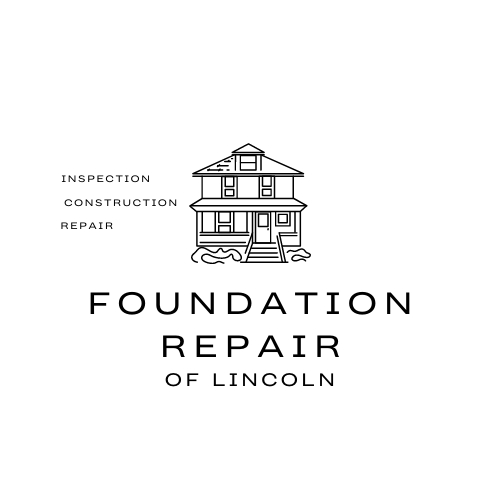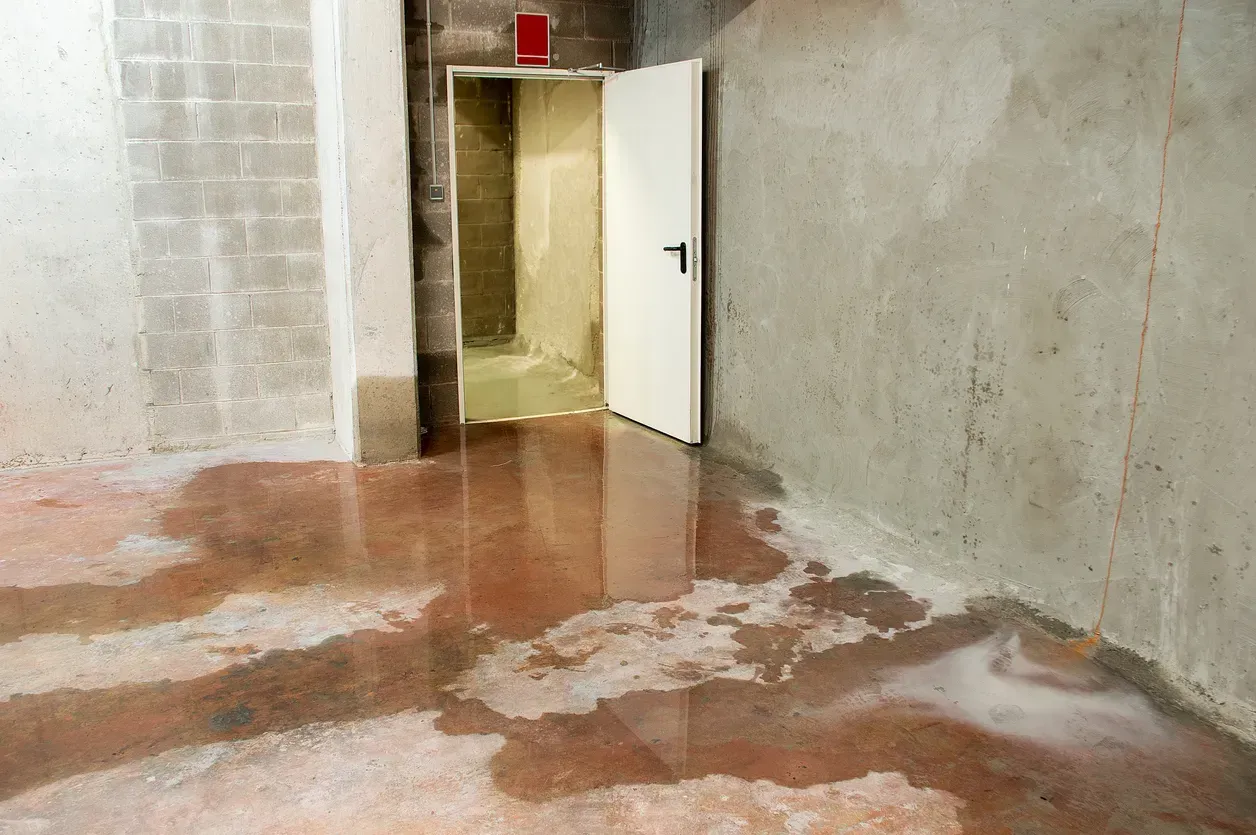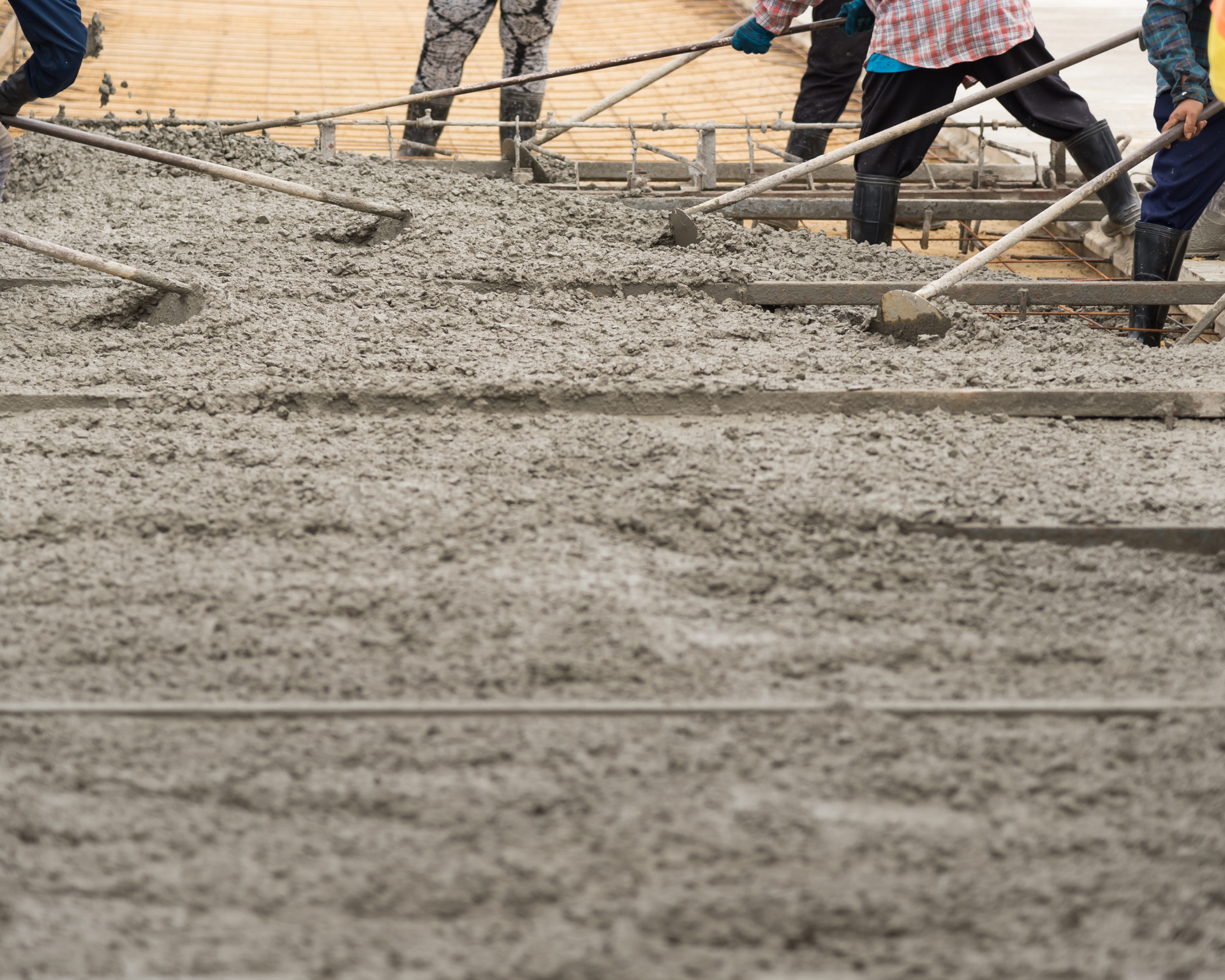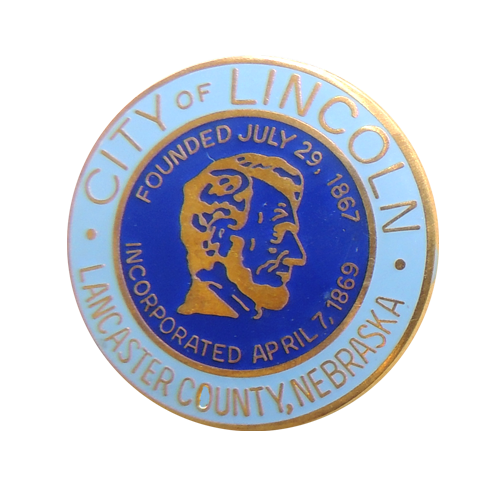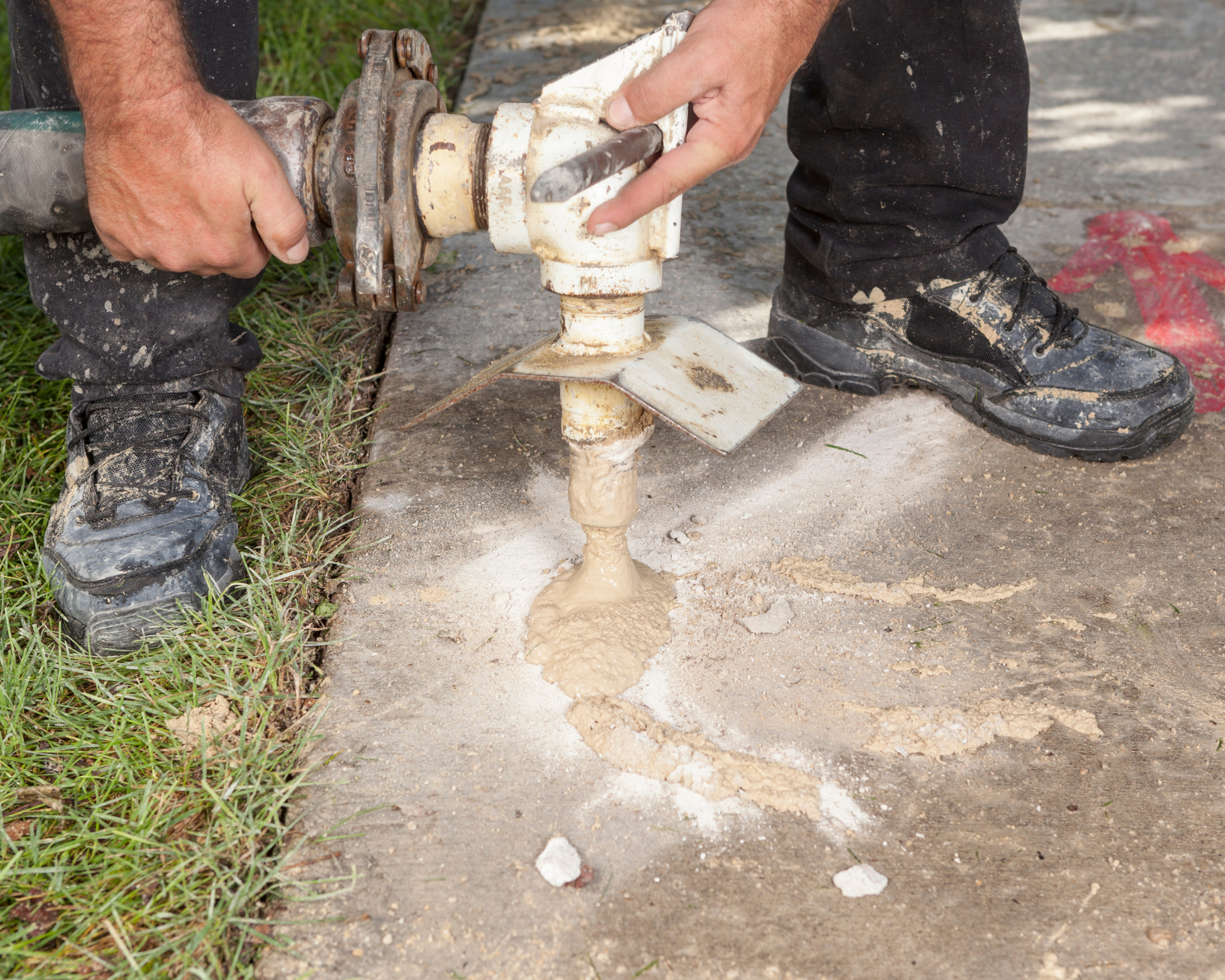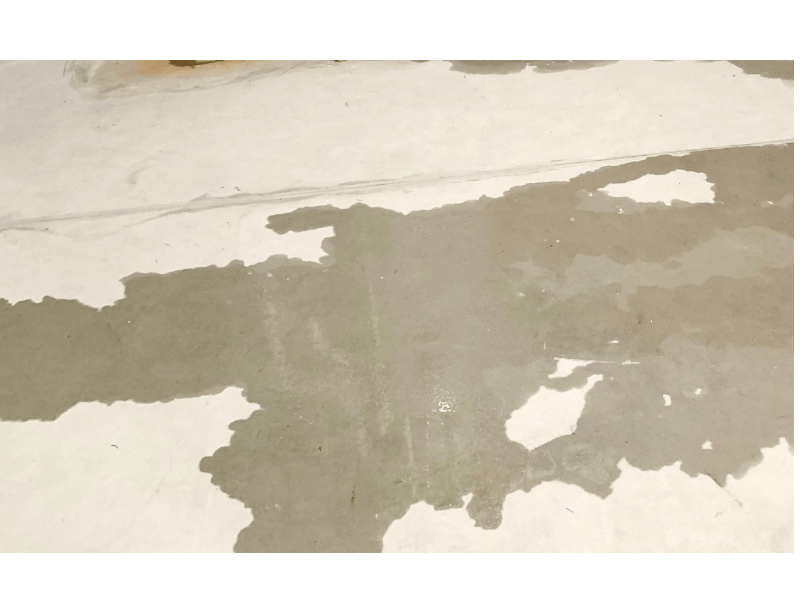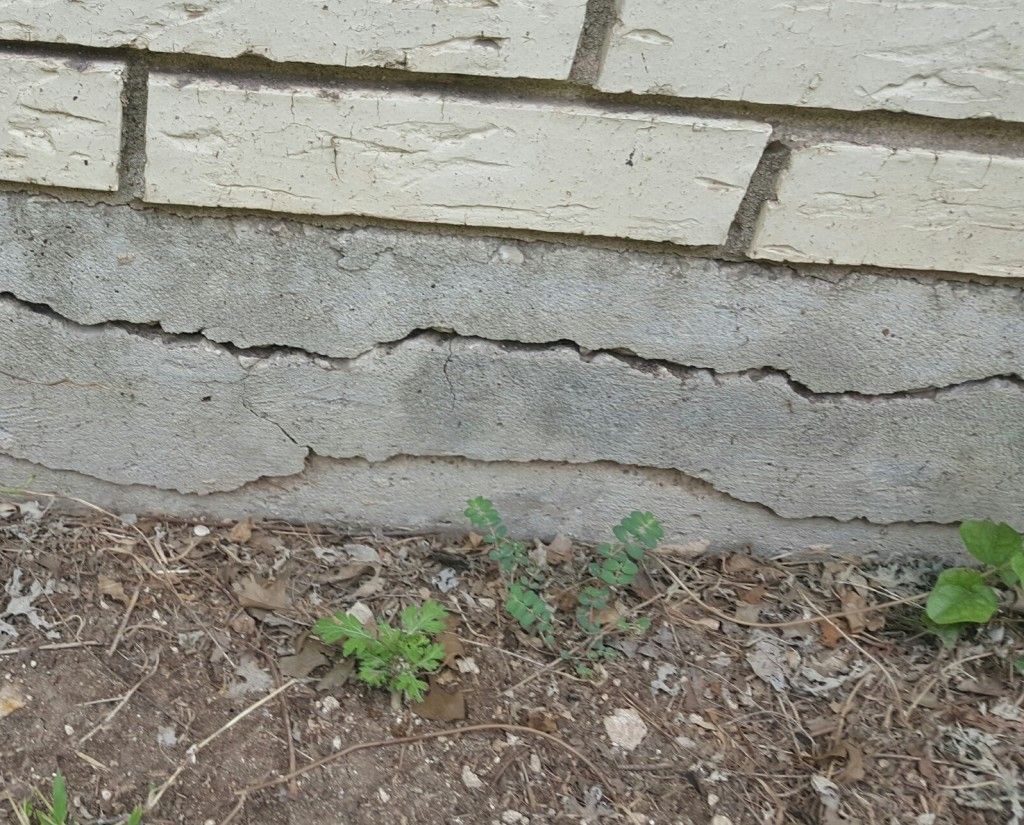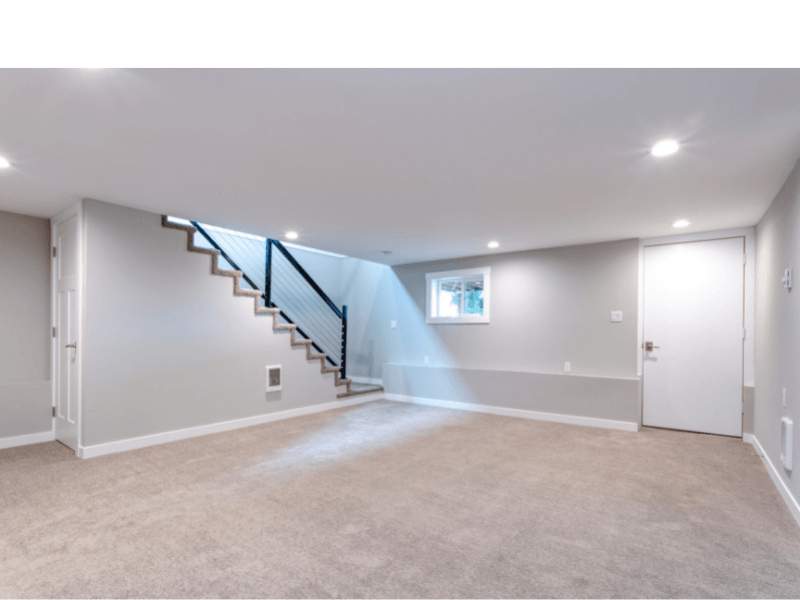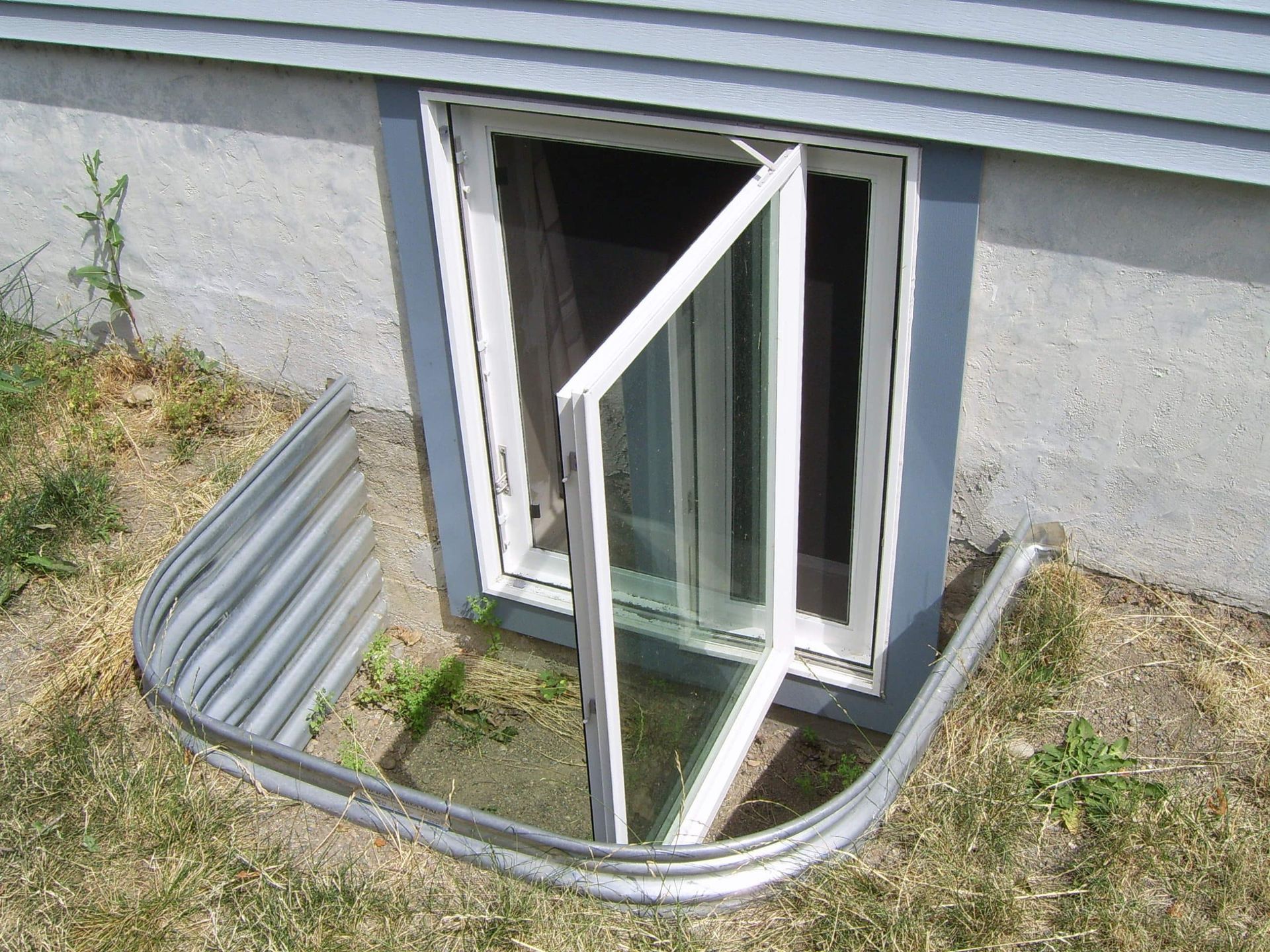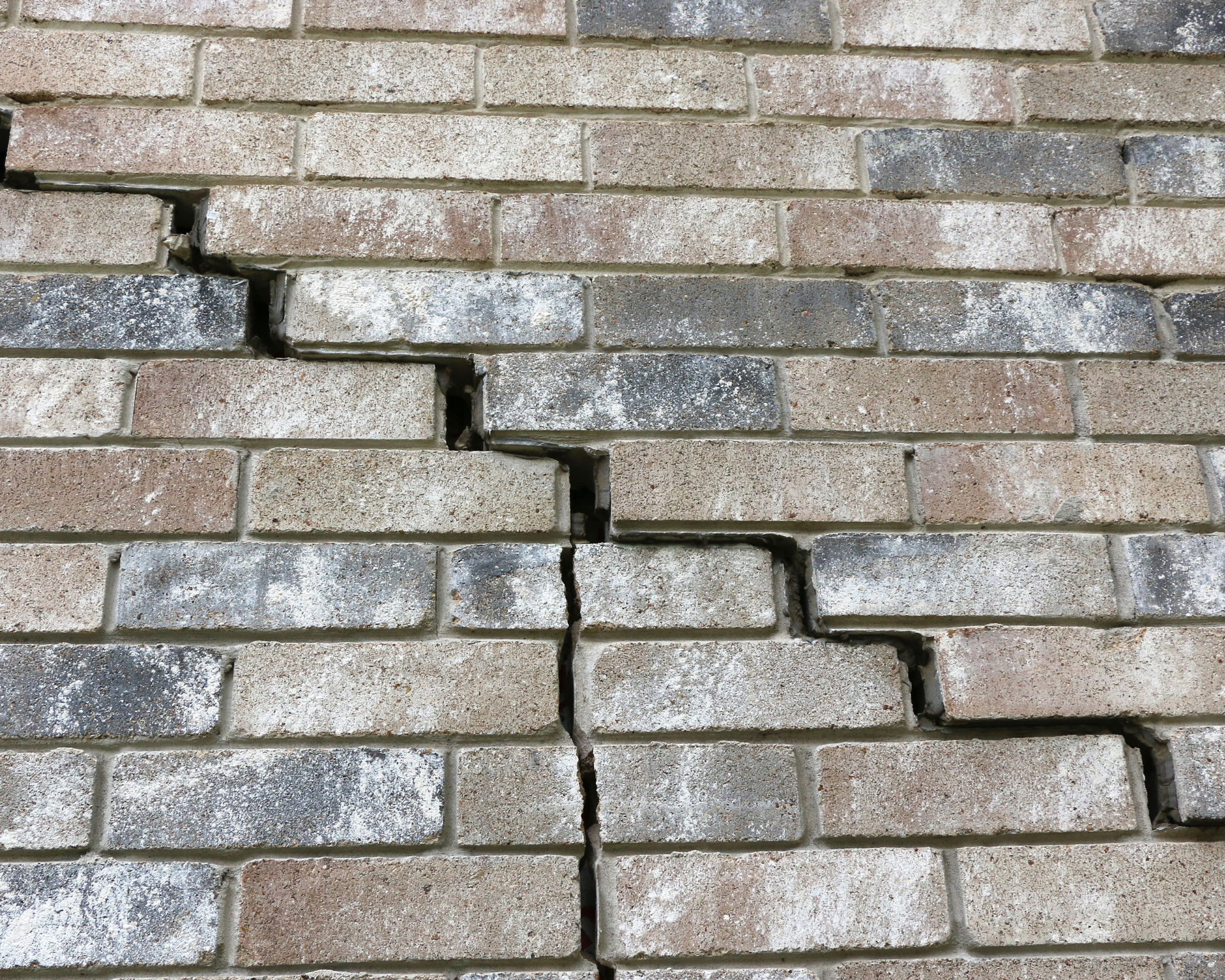How Foundation Repair is Done
Foundation Repair Explained
Foundation repair is the process of stabilizing and restoring the structural integrity of a building’s foundation when it has shifted, cracked, or settled. The method used depends on the cause and type of damage, but here’s an overview of how it’s typically done:
1. Inspection and Assessment
A structural engineer or foundation specialist first inspects the property to:
- Identify cracks, uneven floors, or wall separation.
- Determine the cause—such as soil movement, water damage, or poor drainage.
- Recommend the best repair method for the specific problem.
2. Preparing the Site
The area around the damaged part of the foundation is cleared.
- Excavation may be required to expose the foundation footing.
- Utilities and landscaping are protected or temporarily relocated.
3. Foundation Stabilization Methods
a. Piering (Underpinning)
Used when the foundation has settled unevenly.
- Steel or concrete piers are driven deep into stable soil or bedrock.
- The weight of the structure is transferred from the unstable ground to the piers.
- The foundation can often be lifted back to its original position and stabilized permanently.
- Types of piers:
- Push piers (driven steel)
- Helical piers (screwed into the soil)
- Drilled concrete piers
b. Slabjacking (Mudjacking or Polyjacking)
Used for concrete slab foundations that have sunk or tilted.
- Holes are drilled into the slab.
- A grout mixture or expanding polyurethane foam is injected underneath.
- This lifts the slab back to level and fills any voids beneath it.
c. Wall Anchors or Braces
Used when foundation walls bow or lean inward, often due to soil pressure or water saturation.
- Steel wall anchors are driven into the soil outside.
- They’re connected to plates mounted inside the basement wall.
- The anchors are tightened over time to pull the wall back into position.
d. Crack Repair and Waterproofing
For minor foundation cracks or moisture issues:
- Cracks are sealed using epoxy or polyurethane injection.
- Drainage systems (like French drains or sump pumps) may be added to prevent future water pressure damage.
- Exterior waterproof membranes can be applied to foundation walls.
4. Backfilling and Cleanup
After stabilization or lifting is complete, the excavated soil is replaced and compacted.
The site is cleaned, and landscaping or hardscaping is restored.
5. Final Inspection
A final inspection ensures the repair was successful, the foundation is stable, and drainage issues are resolved.
Other Important considerations
- Water drainage: Before starting any foundation repair, it's essential to control water around the foundation. This can include fixing gutters, adjusting sprinkler heads, and improving the yard's slope.
- Cost: Foundation lifting is one of the more expensive types of foundation repair.
- Noise: Be prepared for noise from heavy equipment, hammering, and sawing during the repair process.
- Project creep: It is common to discover other problems during the repair process that can increase the final cost. It's always a good idea to budget for this possibility.
Foundation repair restores structural stability by reinforcing or lifting the foundation, sealing cracks, and addressing underlying soil or water problems. See how Foundation Repair of Lincoln services can help with any of your
Ready to work with Foundation Repair of Lincoln?
Let's connect! We’re here to help.
Send us a message and we’ll be in touch.
Or give us a call today at 402-261-9636
